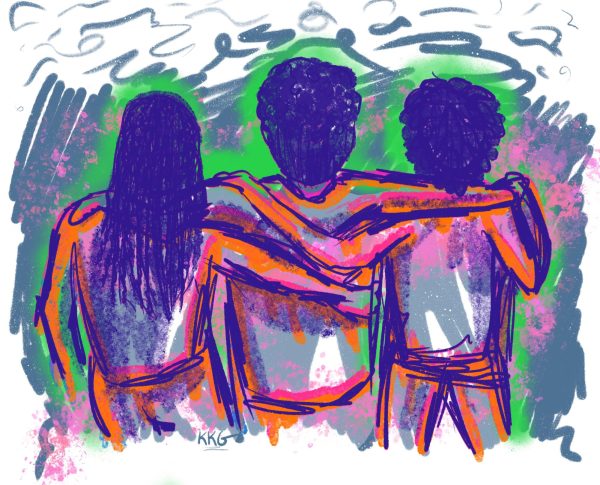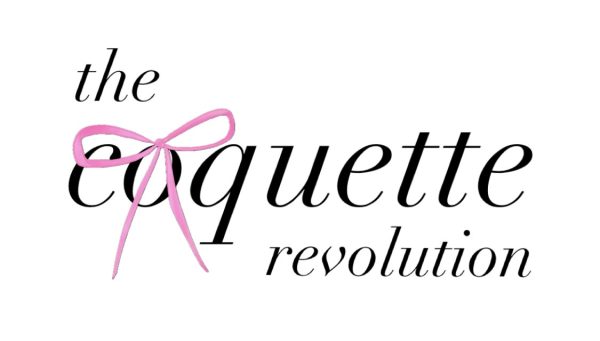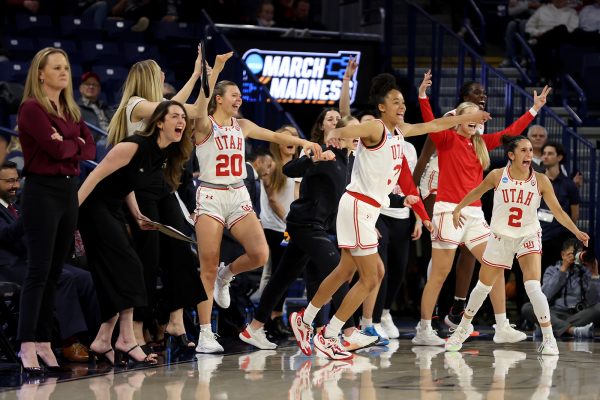The Election was Rigged— and Not for Hillary
The Electoral College is a Threat to Our (Un)representative Democracy.
The grey presence on the state of Indiana switched to a vibrant shade of crimson—the first of 50 states to cast the expected electoral votes for the 2016 election. A sea of red soon took over the map, announcing Donald Trump, Republican candidate, President-elect of the United States. This was announced before the official votes from the electoral college were cast, as they took place on Dec. 18.
The results of this most recent presidential election did not represent the views of the American people. A combination of archaic and undemocratic laws and practices has yet again created a race where the electoral vote did not concur with the expected results from polling. And although we agree with President Barack Obama that “we are now all rooting for [Trump’s] success in uniting and leading the country,” we believe we all still have work to do ensuring that the 2020 election reflects our opinions and our votes.
This is not the first time that the electoral vote has differed from the popular vote. In 1824, 1876, 1888, 2000 and now very likely 2016, electors have decided upon a different president than the one whom the public voted for. Is this nation truly of the people, for the people and by the people if only a selected group can choose our leader, not bound to select the people’s choice?
The purpose of the electoral college, as outlined in the Federalist Paper no.68, is for the final deciders of the election to be “men most capable of analyzing the qualities adapted to the station and acting under circumstances favorable to deliberation, and to a judicious combination of all the reasons and inducements which were proper to govern their choice,” as stated by Alexander Hamilton. We would argue with Hamilton that the most capable people of analyzing the qualities of the candidates are the people themselves, and the most judicious combination of reasoning is the popular vote. The idea that electors are more qualified to choose our president is less popular now, according to a 2011 Gallup poll, stating 62 percent of Americans would amend the constitution to replace the electoral college with a direct vote for president. But the system persists.
Some may argue that the electoral college prevents the possibility of having uneducated voters decide the outcome of the election, as our Founding Fathers believed it was the most effective in choosing a president. However, the original political system did not not include such polar opposite political parties (and it was not meant to) and overtime, the initial intentions have been lost through centuries of politics and change. In addition, following tradition and doing things the way they have always been done does not justify ignoring problems with the current system. This country has changed since the days when the Constitution was written, and the Constitution itself has changed with it.
One of the challenges faced by the effort for a Constitutional amendment to eliminate the electoral college system is party politics. Before the 2000 election between Republican candidate George W. Bush and Democratic candidate Al Gore, a 1980 Gallup poll showed that 62 percent of Republicans favored the proposed amendment. After the 2000 electoral college worked in the Republicans’ favor, with Bush losing the popular vote but winning the election, only 41 percent supported it. When the electoral college elects one party’s candidate, people in that party are more likely to support the representative system. However, the decision should be based on what is fair and democratic.
Faithless electors have been an occurring issue throughout the electoral college in America. Since the beginning, 157 individuals have voted for a different candidate than the winner of their district for a variety of reasons. According to FairVote, 82 of those electors voted for a different candidate due to personal impulse. As of now, there are no Constitutional requirements or federal laws that force these electors to vote based on the outcome of popular votes in their state, although in 29 states along with the District of Columbia, electors are bound by state law and/or state or party pledge to follow their state’s popular vote. The other 21 states do not entail their electors to do so at all. Even in the states with laws against faithless electing, the penalty for disobeying these laws is often a small fine. This is a flaw in the electoral college because the ways of executing their votes differ. If America is to use the electoral college in electing the next president, the necessary requirements for electors state by state must be the same in order to be efficient.
In a recent article by Evan Katz in Georgia Political View, it was illustrated how the electoral college’s structure can change the method of a candidate’s campaign, as it all comes down to “winning” states. For example, California, which is primarily Democratic, and Texas, which is primarily Republican, make up nearly 20 percent of the electorate in their votes. With their party preferences very strong in both states, there is no reason for the opposite party to campaign there, which causes the candidates to focus their time on the swing states—those who have not shown a party preference and have the potential to change the tide of the election. By focusing campaign efforts on specific states, the purpose of campaigning is lost as it becomes a race to get the most swing states— not the American people as a whole. In an election based on the popular vote, candidates would be more inclined to campaign to reach the most people possible. There would be reason for them to campaign in all states, not just swing states.
Ties are another possible issue with the electoral college, although unlikely. There are 538 electors in all the states combined, so if the votes came to 269-269, the presidential race would come to a stalemate. In the event of such a tie, the vote would go to the House of Representatives. This vote would be even further from democracy than the electoral vote. A tie would be far less of a risk if the election was decided by the popular vote, because the exact same number of people would have to vote for two candidates.
Who should have the final say as to who becomes President of the United States? We have faith in the voters to collectively elect the most qualified candidate.
Therefore, an amendment to disband the electoral college in necessary in protecting our democracy. It is a call to action for our generation to relook the way our country is run, with our shared American values of equality, personal freedom and unalienable rights in mind. We must respond.














